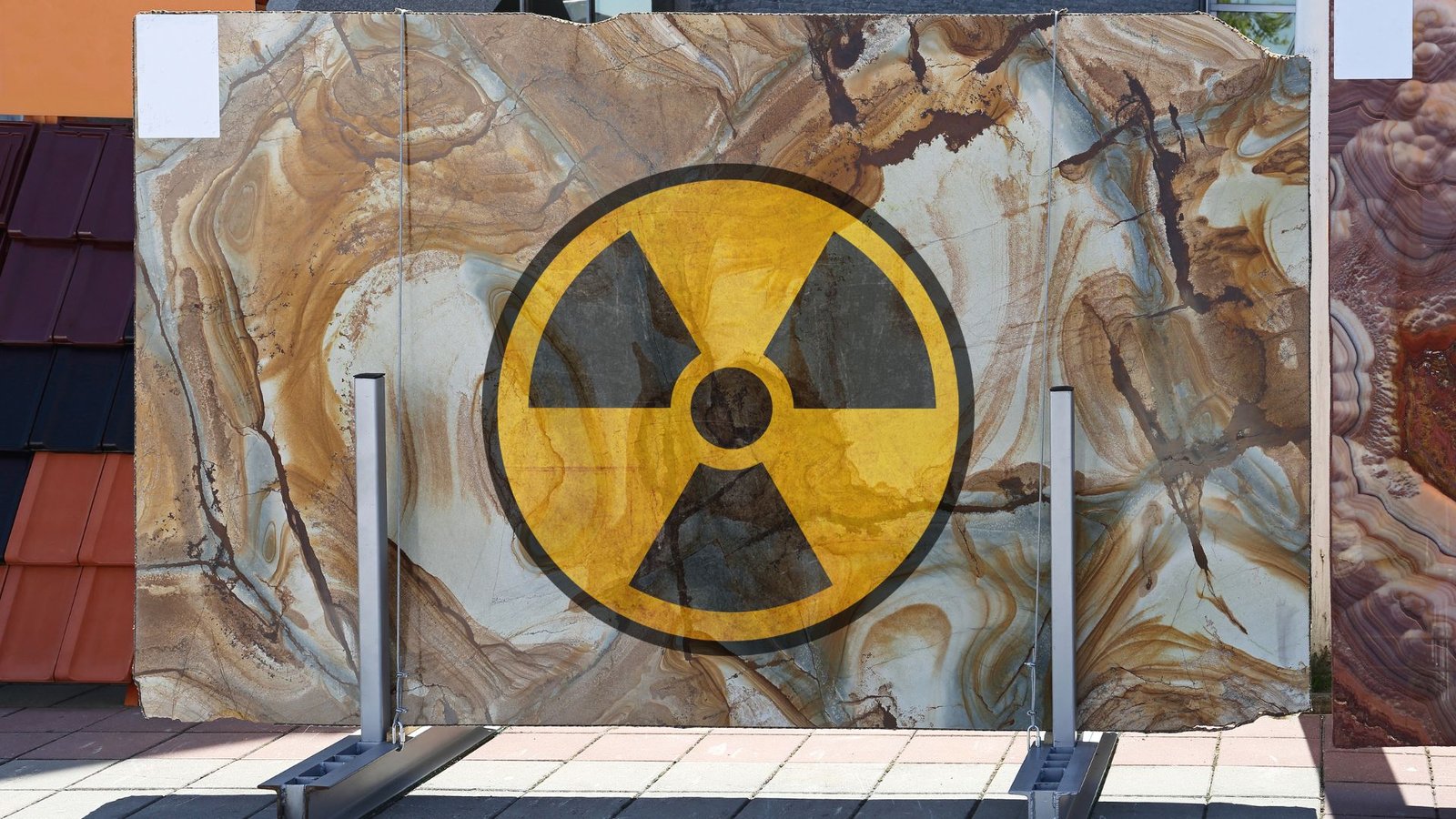Granite, with its natural beauty and durability, has long been a favorite for countertops, flooring, and various architectural elements. However, in recent years, concerns about potential radiation from granite have surfaced, leading to a mix of apprehension and confusion among homeowners and builders. Let’s delve deep into this topic, separating facts from myths and addressing potential radiation concerns with granite.
Introduction 🌄
Nature’s creations, while breathtaking, often come with their unique set of characteristics. Granite, being a natural stone, contains trace amounts of minerals like uranium, thorium, and radium. These minerals can emit radiation, leading to concerns. By understanding the science behind it and the actual risks involved, we can make informed decisions about using granite in our homes.
The Science Behind Radiation in Granite 🧪
- Natural Composition: Granite is formed deep within the earth from the cooling of molten rock. This process incorporates various minerals, some of which are naturally radioactive.
- Emission of Radon: Uranium and thorium in granite can decay over time, producing radon, a radioactive gas. It’s this gas that has been the primary concern in discussions about granite’s safety.
How Much Radiation Does Granite Emit? 🌡️
- Varied Levels: Not all granite is the same. Depending on its source and composition, radiation levels can vary. However, in most cases, the amounts of radon emitted are minuscule.
- Comparative Perspective: The radiation emitted by granite countertops is significantly lower than the natural background radiation we’re exposed to daily from the sun, soil, and other natural sources.
Addressing Health Concerns 🏥
- Radon Levels: The U.S. Environmental Protection Agency (EPA) has set guidelines for acceptable radon levels in homes. In the vast majority of cases, granite countertops contribute a fraction of these levels.
- Relative Risks: Everyday activities, like flying or even eating certain foods (like bananas, which contain radioactive potassium), expose us to radiation. The radiation from granite is often less than these common exposures.
Testing Granite for Radiation 🧐
- Professional Testing: If homeowners are concerned, they can hire professionals to test radon levels in their homes. This will provide a comprehensive view, considering all potential sources of radon, not just countertops.
- DIY Kits: There are also DIY radon testing kits available. While they might not be as accurate as professional tests, they can offer a preliminary assessment.
Myths vs. Facts 🔍
Myth: All granite countertops are major sources of radon. Fact: While granite does emit some radon, the levels are usually well below the safety guidelines set by the EPA.
Myth: Living in a house with granite countertops is hazardous to health. Fact: The primary sources of radon in homes are usually the soil beneath them, not the granite countertops. Proper home ventilation further reduces any potential risks.
Making Informed Decisions 🌟
- Research: Before purchasing granite, homeowners can inquire about its origin and any radiation testing done by the supplier.
- Balanced Perspective: It’s essential to approach the topic with a balanced view, understanding that radiation is a natural phenomenon, and its presence in granite is minimal.
Conclusion 🌍
Granite, with its myriad of benefits and aesthetic appeal, remains a popular choice for homeowners worldwide. While it’s essential to be aware of potential concerns, it’s equally crucial to base decisions on facts rather than fear. By understanding the science behind radiation in granite and the actual risks involved, homeowners can continue to enjoy the beauty of granite with peace of mind. 🪨🔍🌡️







